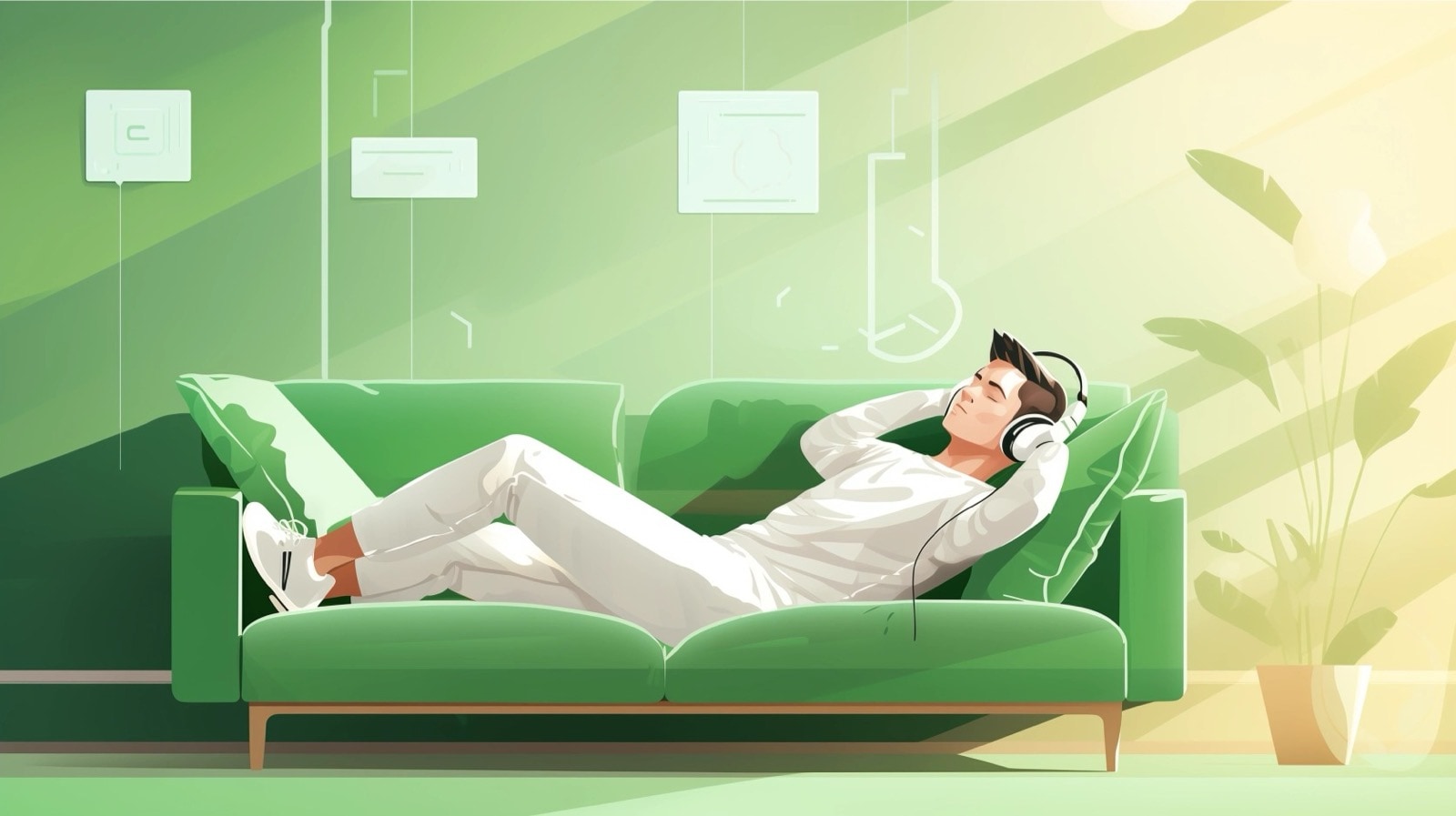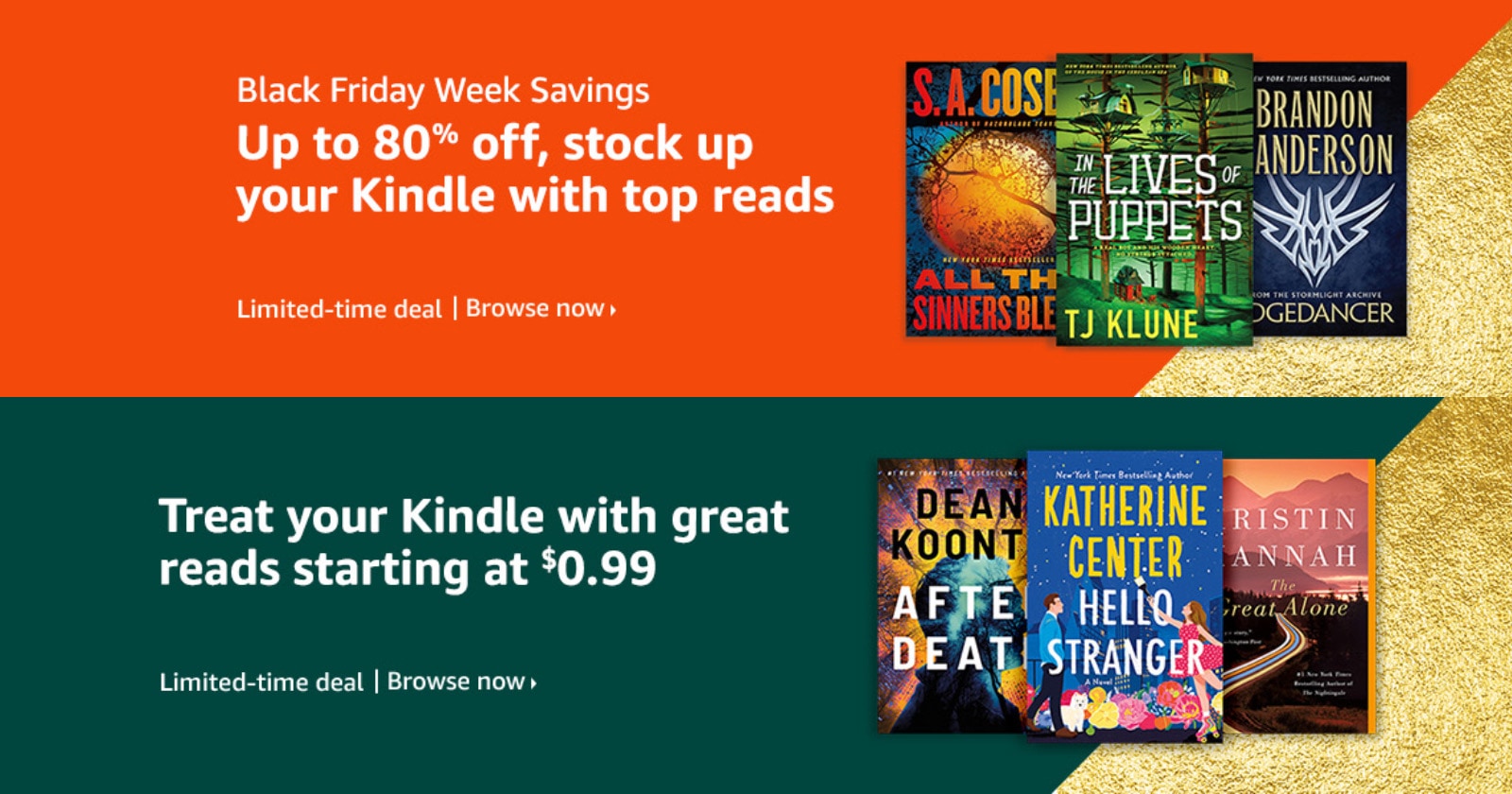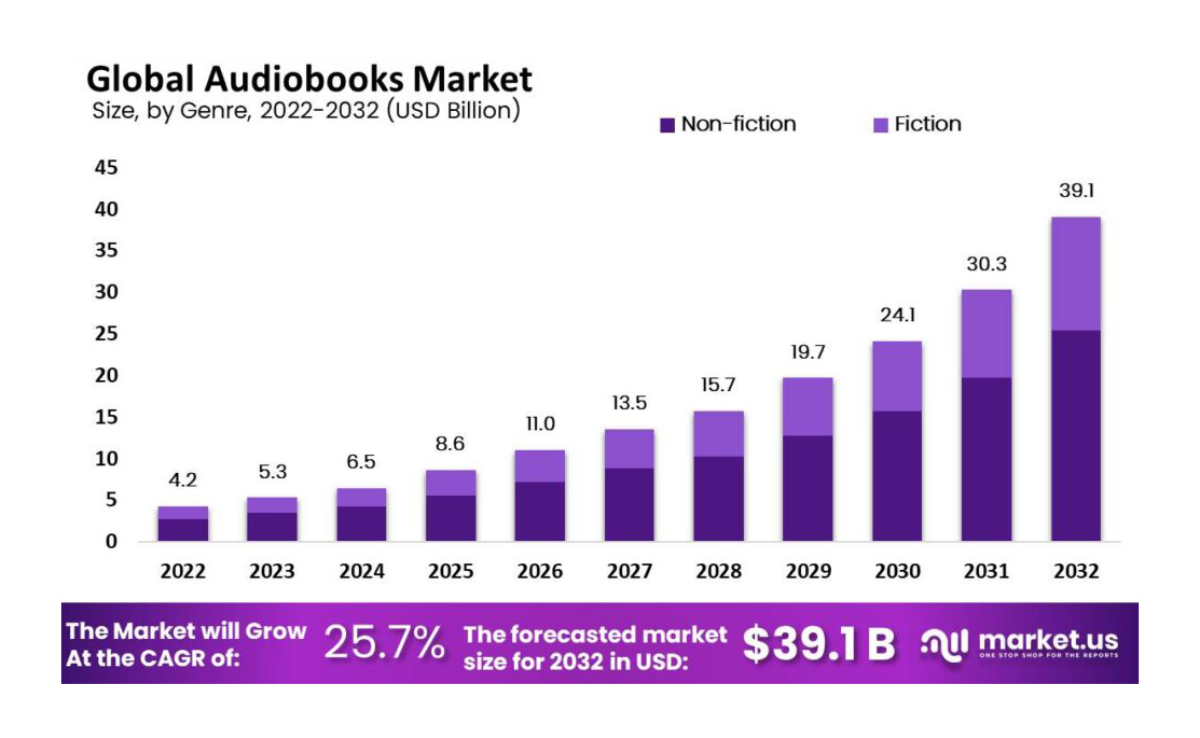
If asked what is more difficult to comprehend: Harry Potter and the Deathly Hallows or Hemingway’s Old Man and the Sea, a vast majority of people would most probably choose the latter. But – according to this scholarly tool – it’s not.
Shane Snow from Contently decided to conduct an experiment and ran some of the most popular books of all time through ‘reading level analysis’ tools – and the results are surprising, to say the least.
While the Flesch-Kincaid index is the most popular, some scholars argue that other tools (such as Gunning-Fog or SMOG) provide more accurate results. Hence, Snow ran the selected books through five different calculators, and took an average.
How the formula works is it automatically estimates reading level through determining the use of syllables, sentence length and other variables for vocabulary and concept complexity, coming up with the approximate number of years of education one has to complete to comprehend the given text or passage.
Out of curiosity, Snow ran a variety of books and articles through the machines – including crime and romance novelists, political novels, a couple of academic papers, a Seth Godin blog post, the Affordable Care Act, and a children’s book – and here’s what he found out:

Unsurprisingly, children’s book Goodnight Moon by Margaret Wise Brown requires the least years of education to comprehend, while the Affordable Care Act, dense with academic and legal terms, demands knowledge equal to that of a first-year university student.
However, Snow notices that comparing fiction to nonfiction is like apples and oranges – and splits the results into more particular categories.
Reading level – bestselling fiction authors

According to the graph, none of the selected authors – not Hemingway, not Fitzgerald, not even Tolstoy – wrote above a ninth-grade level, while Harry Potter and the Deathly Hallows exceeds The Old Man and the Sea and Pride and Prejudice.
Science fiction and thriller author Michael Crichton leads the chart, is calculated to require at least 9 years of education to fully understand.
Reading level – bestselling nonfiction authors

As we can see, nonfiction is much more difficult, with the minimal education starting from six years, as opposed to fiction’s four.
Business books, categorized by Snow as ‘having bought their way onto bestseller lists’, top the charts – requiring the knowledge equal to a whopping twelve years of education to grasp.
What is perhaps the most striking about the above results is that the works we tend to regard highly or we find difficult are the works that score a rather low ‘reading level’ in the test. Academic documents or nonfiction centered around particular fields of knowledge rank, on the other hand, rather highly in the charts – most probably due to scientific terms and formal register.
Turns out, a majority Americans reads at a very low level – with only a quarter being able to comprehend literature at 10th grade level, and as little as 5% at college level.


The experiment proves that higher reading level does not equal better writing – in fact, it is quite the opposite, as many books that are considered masterpieces score low in the charts.
School teaches us that higher reading level equals credibility, which is why so many of us try to sound more sophisticated when we speak and write. In fact, that’s what most business and academic writers still do: They get verbose and pack their work with buzzwords and heavy diction in order to appear trustworthy.
Turns out, that’s counter-productive.
The experiment proves that simple writing, instead of being discredited, should be embraced. Credibility should not be measured by complexity of a work but rather its clarity and the ability to communicate ideas rather than veiling them with ‘smart-sounding’ vocabulary and impossible to get through grammar.
And finally, it reveals that when it comes to literature, simpler is better.
Keep exploring:
[ef-archive number=5 tag=”lists”]








Leave a Reply